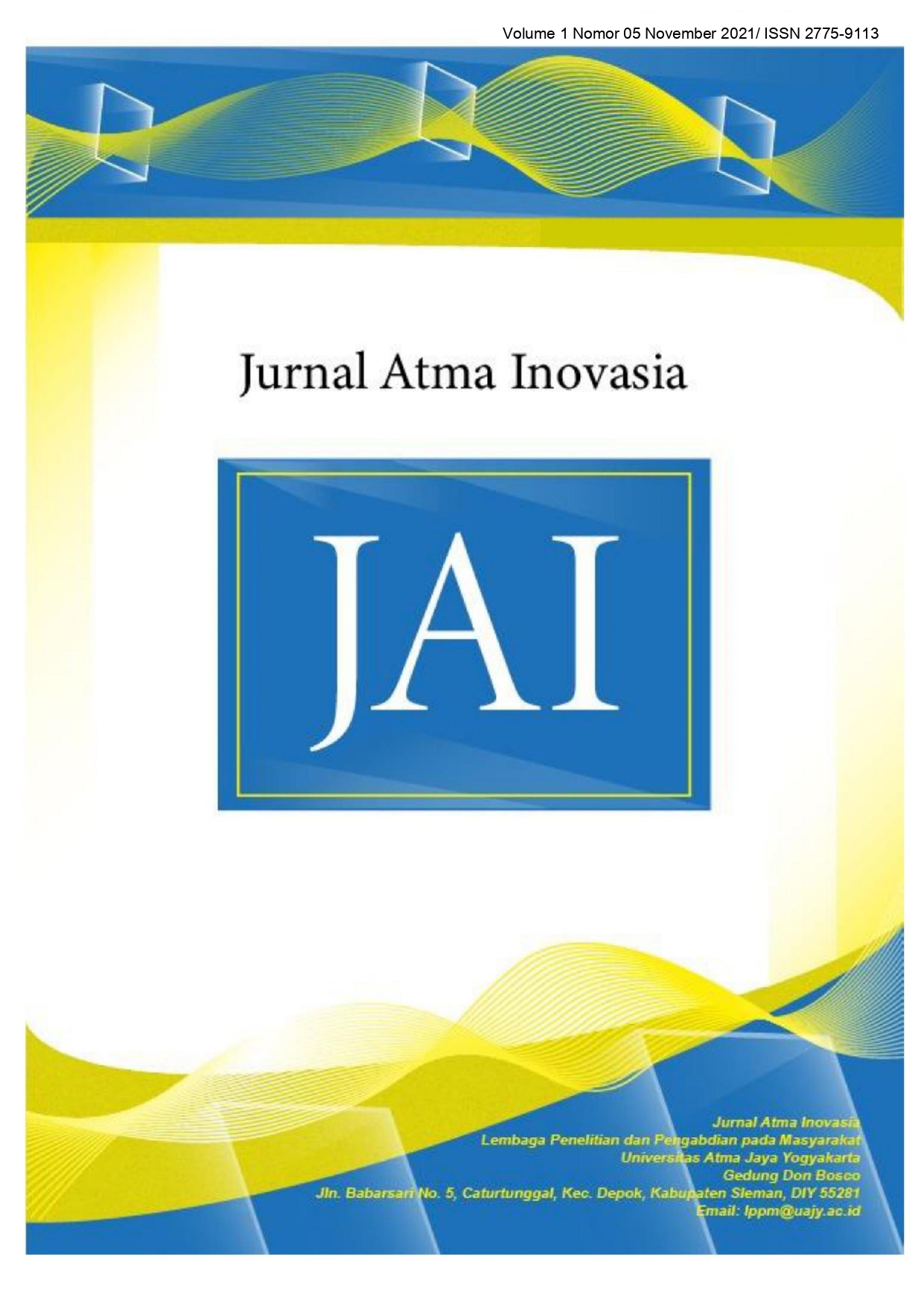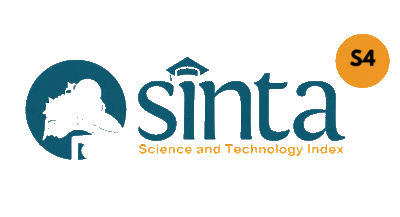Pengembangan Potensi Desa Krembangan dari Segi Pariwisata dan Olahan Jagung
DOI:
https://doi.org/10.24002/jai.v1i5.4022Keywords:
Development, the village potential, krembangan village, Goa Kebon, corn.Abstract
Currently , development is not only in urban but until the village .Development activities and community empowerment done to help ease a matter in the community .Potential of the village is a strength , the ability , and the owned and is likely to develop to bolster their people welfare. Krembangan village is one of the villages that can be further explored clearly hold their for their people welfare .Their potential in the village Krembangan is tourism and agriculture who also became one of primary search from the eyes of the people come from .The tourism sector the village are tourism objects Goa Kebon and yields namely secondary crops (corn , rice and other uses) .This journal discuss about the development of tourism objects Goa Kebon with the master plan of several facilities outbound in order to design and manufacturing agricultural products in the form of corn to be changed into a food processed some have economic value. Processing corn to processed foods such as popcorn and chips corn tortilla with using the equipment the kitchen simple but processed can produce value in the market with different kinds of in consideration of excess of these products.References
Kementerian Pendidikan dan Kebudayaan Republik Ind; Badan Pengembangan dan Pembinaan Bahasa, “Desa,” 2016. [Online]. Available: https://kbbi.kemdikbud.go.id/entri/desa. [Accessed: 17-Nov-2020].
Udaningsih, Kapanewon Panjatan Dalam Angka 2020 |. Kulon Progo: © BPS Kabupaten Kulon Progo/BPS-Statistics ofKulon Progo Regency, 2020.
Ahmad Soleh, “STRATEGI PENGEMBANGAN POTENSI DESA,” Sungkai, vol. 5, no. No.1, pp. 32–52, 2017.
D. E. and M. Nasir, “PERTUMBUHAN TANAMAN JAGUNG (ZEA MAYS L.) VARIETAS BISI-2 PADA PASIR REJECT DAN PASIR ASLI DI PANTAI TRISIK KULONPROGO,” Mns. dan Lingkung., vol. 18, no. 3, pp. 220–230, 2011, doi: https://doi.org/10.22146/jml.18445.
ITIS, “Zea mays L.,” 2020. [Online]. Available: https://www.itis.gov/servlet/SingleRpt/SingleRpt?search_topic=TSN&search_value=42269#null. [Accessed: 16-Nov-2020].
W. Soedarso, Muchammad Nurif, “POTENSI DAN KENDALA PENGEMBANGAN PARIWISATA BERBASIS KEKAYAAN ALAM DENGAN PENDEKATAN MARKETING PLACES (STUDI KASUS PENGEMBANGAN PARIWISATA DI KABUPATEN BOJONEGORO),” Soc. Hum., vol. 7, no. 2, pp. 155–162, 2014.
Gusti Kade Sutawa, “Issues on Bali Tourism Development and Community Empowerment to Support Sustainable Tourism Development,” Procedia Econ. Financ., vol. 4, pp. 413–422, 2012, doi: https://doi.org/10.1016/S2212-5671(12)00356-5.
B. Krisnamurthi, “Manfaat Jagung dan Peran Produk Bioteknologi Serealia dalam Menghadapi Krisis Pangan, Pakan dan Energi di Indonesia,” Pros. Pekan Serealia Nas., pp. 978–979, 2010.
Suarni and M. Yasin, “Jagung sebagai Sumber Pangan Fungsional,” Iptek Tanam. Pangan, vol. 6, no. 1, pp. 41–56, 2011.
BPOM RI, “Pedoman Teknis Pengawasan Periklanan Pangan Olahan,” 2016.
L. Khan and E. Ahmed, “FACTORS AFFECTING YIELD AND TASTE OF POPCORN: A PLANNED APPROACH,” Proc. 12th Int. Conf. Stat. Sci., vol. 26, pp. 403–420, 2014.
N. Hidayah, A. N. Istiani, and A. Septiani, “PEMANFAATAN JAGUNG (Zea Mays) SEBAGAI BAHAN DASAR PEMBUATAN KERIPIK JAGUNG UNTUK MENINGKATKAN PEREKONOMIAN MASYARAKAT DI …,” Al-Mu’awanah J. …, vol. 1, no. 1, pp. 42–48, 2020.
Downloads
Published
Issue
Section
License
Copyright (c) 2021 Raymundo Patria Hayu Sasmita

This work is licensed under a Creative Commons Attribution-ShareAlike 4.0 International License.










